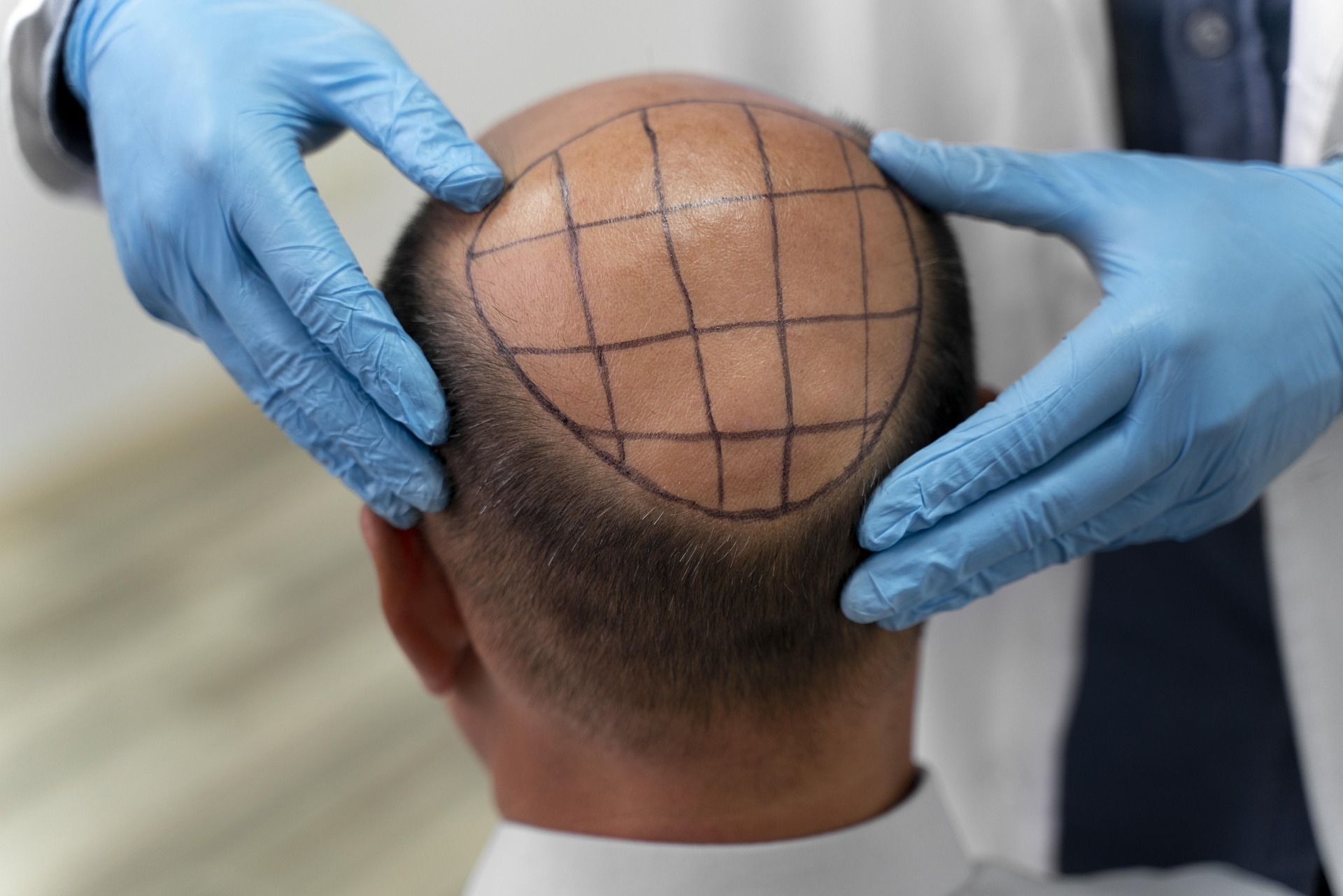Hair Transplantation: A Comprehensive Guide to Restoring Your Locks
Hair transplantation is a cosmetic procedure that has gained popularity in recent years as a solution for individuals experiencing hair loss. This innovative technique involves moving hair follicles from one part of the body, typically the back or sides of the head, to areas with thinning or no hair. As more people seek ways to regain their confidence and youthful appearance, understanding the intricacies of hair transplantation becomes crucial for those considering this life-changing procedure.

There are two main techniques used in hair transplantation: Follicular Unit Transplantation (FUT) and Follicular Unit Extraction (FUE). FUT involves removing a strip of skin with hair follicles from the donor area, while FUE extracts individual follicular units directly from the scalp. Both methods aim to create natural-looking results by strategically placing the transplanted hair to mimic the patient’s original hair growth pattern.
Who is a good candidate for hair transplantation?
Not everyone experiencing hair loss is an ideal candidate for hair transplantation. The best candidates are typically individuals who:
-
Have sufficient donor hair to cover the balding areas
-
Are experiencing male or female pattern baldness
-
Have realistic expectations about the results
-
Are in good overall health
-
Have stabilized hair loss or are willing to use medications to prevent further loss
It’s essential to consult with a qualified surgeon to determine if hair transplantation is the right option for your specific situation. Factors such as age, hair type, and the extent of hair loss will all play a role in determining candidacy and expected outcomes.
What are the different types of hair transplantation procedures?
While FUT and FUE are the most common hair transplantation techniques, there are variations and advancements within these methods:
-
Robotic Hair Transplantation: This technique uses advanced robotics to assist in the FUE process, enhancing precision and reducing procedure time.
-
Sapphire FUE: A variation of FUE that uses sapphire blades instead of steel, potentially resulting in faster healing and less scarring.
-
Direct Hair Implantation (DHI): This method involves using a specialized tool to extract and implant hair follicles in one step, potentially reducing the time hair follicles spend outside the body.
-
Scalp Micropigmentation: While not a true transplantation, this technique involves tattooing the scalp to create the appearance of a fuller head of hair or a closely shaved look.
How long does the hair transplantation process take and what is the recovery like?
The duration of a hair transplantation procedure can vary depending on the extent of the transplant and the technique used. Generally, sessions can last anywhere from 4 to 8 hours. Some patients may require multiple sessions to achieve their desired results.
Recovery from hair transplantation is typically straightforward, but it does require patience. Here’s what to expect:
-
Immediately after surgery: The scalp may be tender and swollen, and patients are usually advised to take it easy for a few days.
-
First week: Scabs will form around the transplanted follicles and should fall off naturally.
-
2-3 weeks: The transplanted hair will often fall out, which is a normal part of the process.
-
3-4 months: New hair growth should begin to appear.
-
6-12 months: Full results of the transplant will become visible.
It’s important to follow all post-operative instructions provided by your surgeon to ensure the best possible outcome.
What are the risks and potential complications of hair transplantation?
Like any surgical procedure, hair transplantation carries some risks. These may include:
-
Infection
-
Bleeding
-
Scarring
-
Unnatural-looking hair growth
-
Folliculitis (inflammation of hair follicles)
-
Shock loss (temporary loss of existing hair)
-
Numbness or lack of sensation in the treated areas
Choosing a skilled and experienced surgeon can significantly reduce these risks. It’s crucial to discuss all potential complications with your healthcare provider before proceeding with the procedure.
How much does hair transplantation cost and what factors affect pricing?
The cost of hair transplantation can vary widely depending on several factors:
-
Extent of hair loss
-
Number of grafts needed
-
Technique used (FUT or FUE)
-
Surgeon’s expertise and reputation
-
Geographic location of the clinic
| Procedure Type | Average Cost Range | Factors Affecting Price |
|---|---|---|
| FUT (Strip Method) | $4,000 - $15,000 | Number of grafts, surgeon expertise |
| FUE | $4,000 - $20,000 | Number of grafts, manual vs. robotic extraction |
| Robotic FUE | $5,000 - $25,000 | Advanced technology, clinic location |
| Eyebrow Transplant | $3,000 - $8,000 | Number of hairs needed, surgeon skill |
Prices, rates, or cost estimates mentioned in this article are based on the latest available information but may change over time. Independent research is advised before making financial decisions.
Hair transplantation is a significant investment in one’s appearance and self-confidence. While it can be costly, many patients find the results to be worth the expense. Some clinics offer financing options to make the procedure more accessible.
In conclusion, hair transplantation offers a permanent solution for many individuals struggling with hair loss. By understanding the process, candidacy requirements, and potential outcomes, those considering this procedure can make an informed decision about whether it’s the right choice for them. As with any cosmetic procedure, it’s crucial to consult with a qualified surgeon, weigh the risks and benefits, and have realistic expectations about the results.
This article is for informational purposes only and should not be considered medical advice. Please consult a qualified healthcare professional for personalized guidance and treatment.






